Republicans in the House are considering a bill to make major changes in federal student loans for college, and President Trump is floating the idea of making colleges responsible for borrowers who fail to repay. For decades student loans and their repayment are never far the center of controversy, but it wasn’t always that way.
I grew up in the era before massive student debt. Student loans were available in 1971 when I went off to college, but they didn’t dominate the terrain like a Tyrannosaurus rex. They were more like Barney, the joyful purple denizen of PBS, who had a ferocious appetite for public funds but had not yet evolved into the carnivore who preys on the livelihoods of college graduates.
But the student-loan monster had already been born. The Higher Education Act of 1965 included Title IV, “Student Assistance,” which became the foundation of what would grow in the next 60 years into the mighty ziggurat of university spending, massive overstaffing, mission creep/mission hypertrophy, student default and insupportable debt.
The text of the original bill is rarely consulted these days except, I suppose, by academics who have a taste for history. But I am one of those, so I’ll indulge myself. Here are the opening sentences of the section of the 1965 HEA that launches our national swan dive into educational disaster:
TITLE IV – STUDENT ASSISTANCE
SEC. 401. (a) It is the purpose of this part to provide, through
institutions of higher education, educational opportunity grants to
assist in making available the benefits of higher education to qualified
high school graduates of exceptional financial need, who for lack of
financial means of their own or of their families would be unable to
obtain such benefits without such aid.
I encourage any who entertain curiosity about how velvet congressional wishes in time grow into national briar patches to follow what became of this through decades of congressional amendments and reauthorizations. Note that the original speaks of “qualified high school graduates of exceptional financial need.” In its latest redaction this has become “eligible students” who have any “financial need” whatsoever. Those who now deemed “eligible” do, in principle, have to meet some requirements, but those are pretty remote from what in 1965 were “qualified high school graduates,” and “exceptional financial need” now translates pretty much to “I want it.” The term “qualified” does reappear in the later text, but as “qualified youths with financial or cultural need with a potential for postsecondary education.”
Here is the 2008 version of the law, which is its most recent re-authorization:
It is the purpose of this part, to assist in making available the benefits of postsecondary education to eligible students (defined in accordance with section 484) in institutions of higher education by–
(1) providing Federal Pell Grants to all eligible students;
(2) providing supplemental educational opportunity grants
to those students who demonstrate financial need;
(3) providing for payments to the States to assist them in
making financial aid available to such students;
(4) providing for special programs and projects designed
(A) to identify and encourage qualified youths with financial or
cultural need with a potential for postsecondary education, (B)
to prepare students from low-income families for postsecondary
education, and (C) to provide remedial (including remedial language study) and other services to students; and
(5) providing assistance to institutions of higher education.
(b) SECRETARY REQUIRED TO CARRY OUT PURPOSES.—The Secretary shall, in accordance with subparts 1 through 9, carry out programs to achieve the purposes of this part.
Reading this over is enough to explain why most people rely on summaries of the law rather than original texts. HEA didn’t invent the idea of federal aid to college students. The most important predecessor was the Servicemen’s Readjustment Act of 1944, which gave colleges an appetite for federal funding tied to large numbers of students, many of whom had dubious academic qualifications.The National Defense Education Act of 1958 funded student loans in science, math and other area deemed vital to the national defense in the aftermath of the Soviet Union’s successful launch of the Sputnik satellite.
But 1965 is considered the key date because it put money on the gate for the gate for so many. It was not long before it was seen as a new middle-class entitlement. “Qualified high school graduates” and “exceptional financial need” were not insurmountable barriers.
What happened next is pretty clear in retrospect. Colleges realized that the amount they charged students to attend was no longer much of an obstacle. All they had to do was convince naive 17- and 18-year-olds to take out loans, repayable in some distant future. Or not repayable at all if the students at some later date declared bankruptcy.
College tuitions soared, far outpacing the rate of inflation. Student debt soared, becoming second only to mortgages as the highest level of consumer debt. Bankruptcies soared, until Congress amended the law to prohibit discharging student debt in this way. Politicians soared into the imaginary realm where promises of making college affordable to everyone became an acceptable way to win votes.
To be sure, the exaggeration of the importance of a college education was baked into Title IV from the beginning. President Lyndon Johnson saw it as part of the “Great Society” and in urging Congress to pass it explained that higher education is “no longer a luxury but a necessity.”
As on so many things, Johnson was wrong. Higher education was neither a luxury nor a necessity, but a consumer good open to various kind of manipulation. What the government subsidizes we get more of, whether we need it or not. And whole industries will spring up if the subsidies are large enough. Think of the “alternative energy” industry. True to form, such industries will soon spend part of their subsidies persuading the public that they are vital to the nation’s health and prosperity. Post-HEA, enrollments zoomed: from about 4 million students in 1960 to 7.4 million by 1970. This was the baby boom going to rigorous academic study? Just kidding. College was no longer about studying anything in particular. It was about “finding yourself,” or in current terms, “the college experience.” All that finding and experiencing, however, could hardly be accommodated in the old institutions. The number of colleges and universities more than doubled: from 2,004 in 1960, peaking in 2010 at 4,599.
Which brings us to today. I am not going to take this space to explain how best to escape the legacy of the misconceived Higher Education Act of 1965. The number of colleges and universities has been shrinking for the last 15 years and at an accelerating rate. The number of students enrolling in colleges and universities is likewise shrinking, and the demographic writing is on the wall. The total will be in rapid decline for at least the next 15 years. The world of higher education in the HEA era is in steep decline. If Congress and President Trump lean into it with new restrictions and new expectations, it is not in much of a position to resist.
And if that further accelerates its decline, Americans should be grateful. One of our most predatory institutions will be tamed without going through the misery of death by starvation. What we need are colleges and universities restored to their essential roles of educating young men and women of high ability and intellectual ambition for the limited areas that require years of intensive study. And we need colleges and universities that are truly attentive to the pursuit of truth, academic freedom and the formation of virtuous citizens – you know, the stuff they used to do before becoming portals to the study of Bad Bunny’s Empire in Reggaeton, and post-colonial negation studies. Dear Congress and President Trump, we are with you. Hurry up.



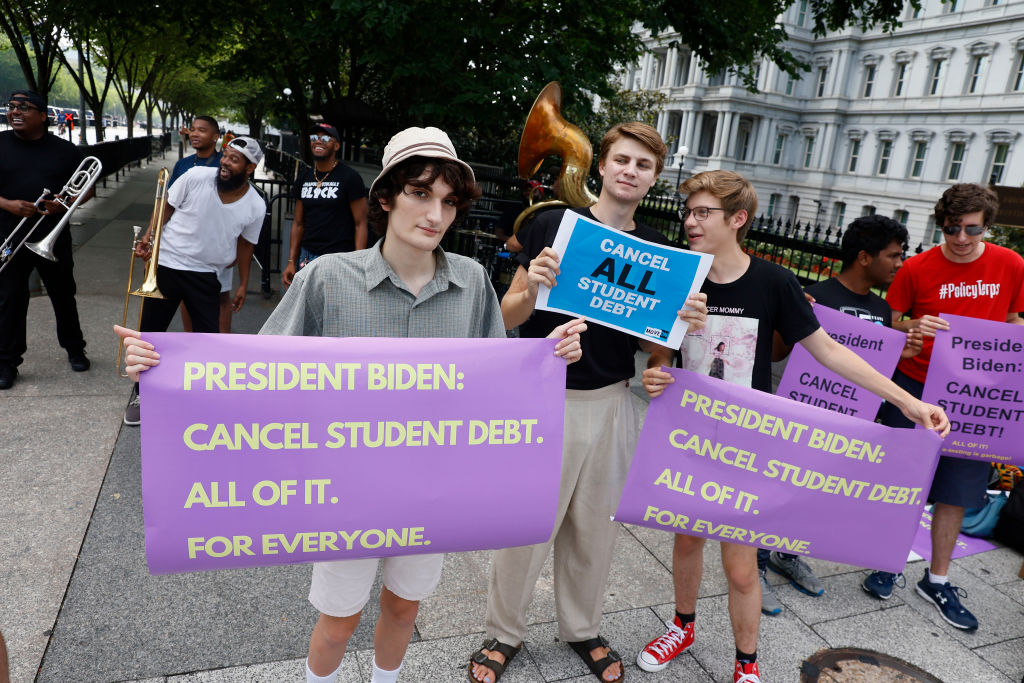









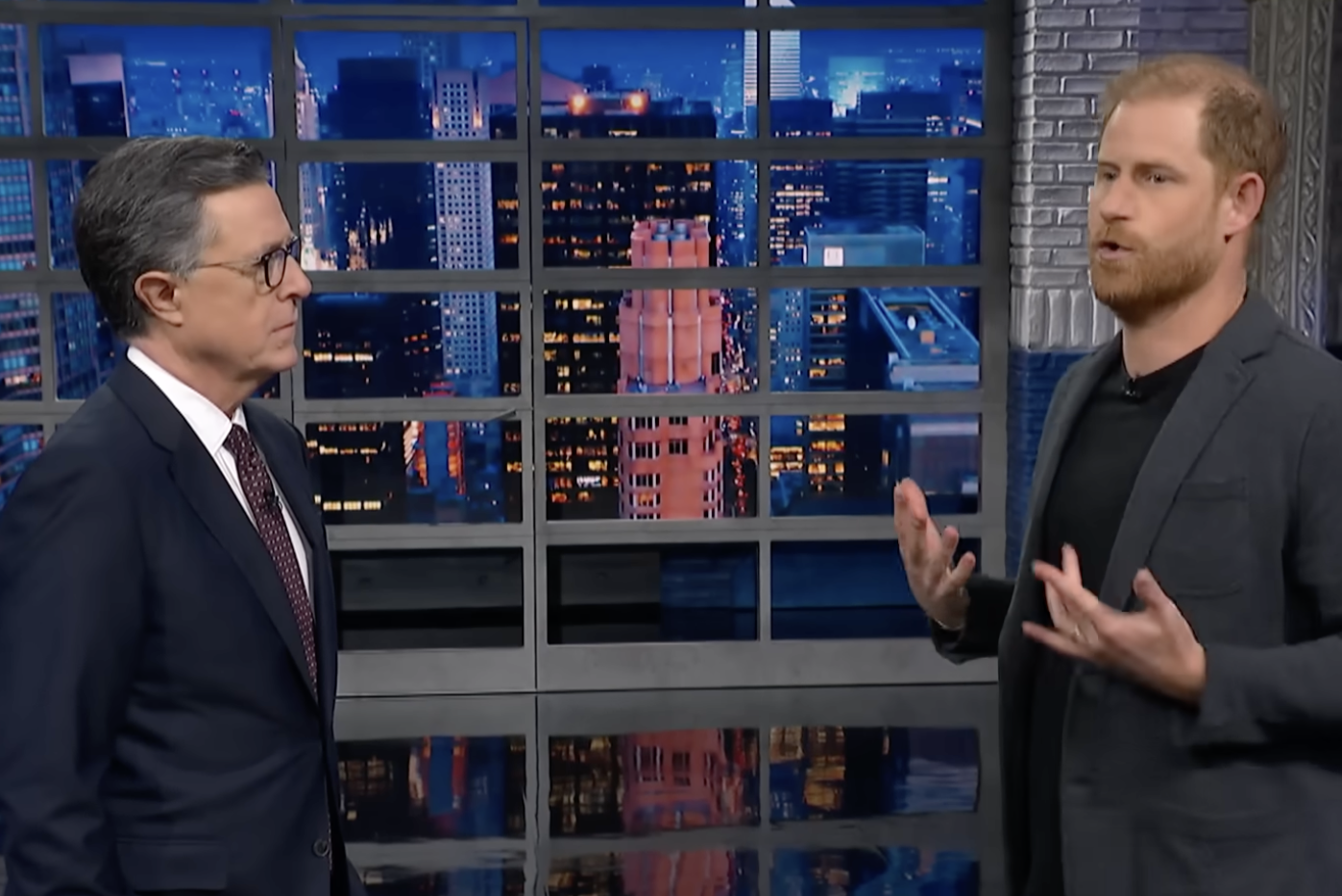

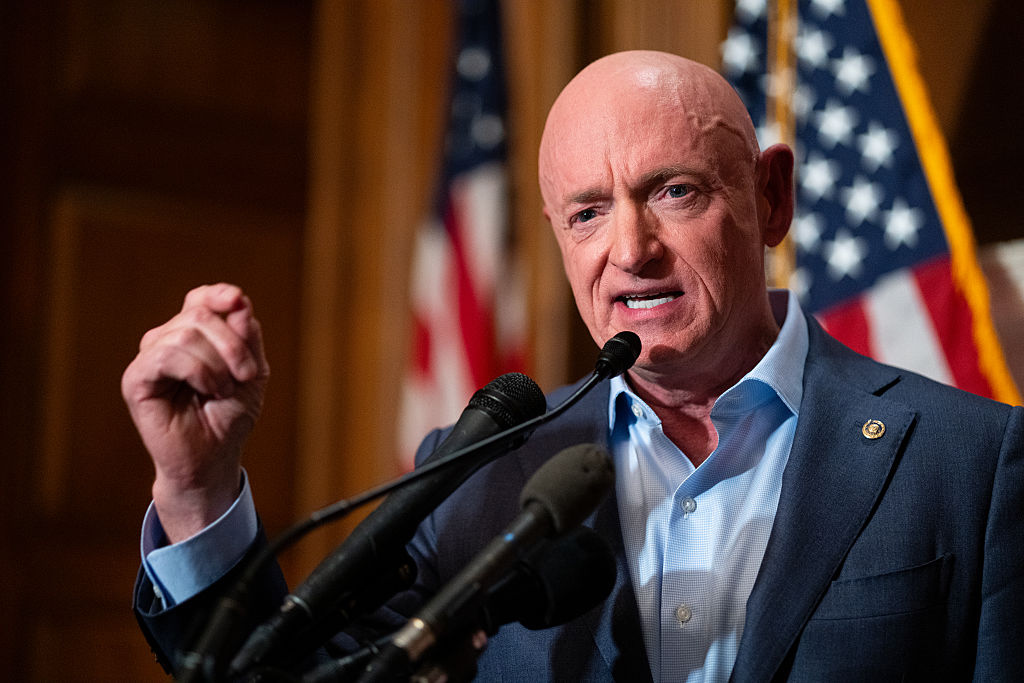
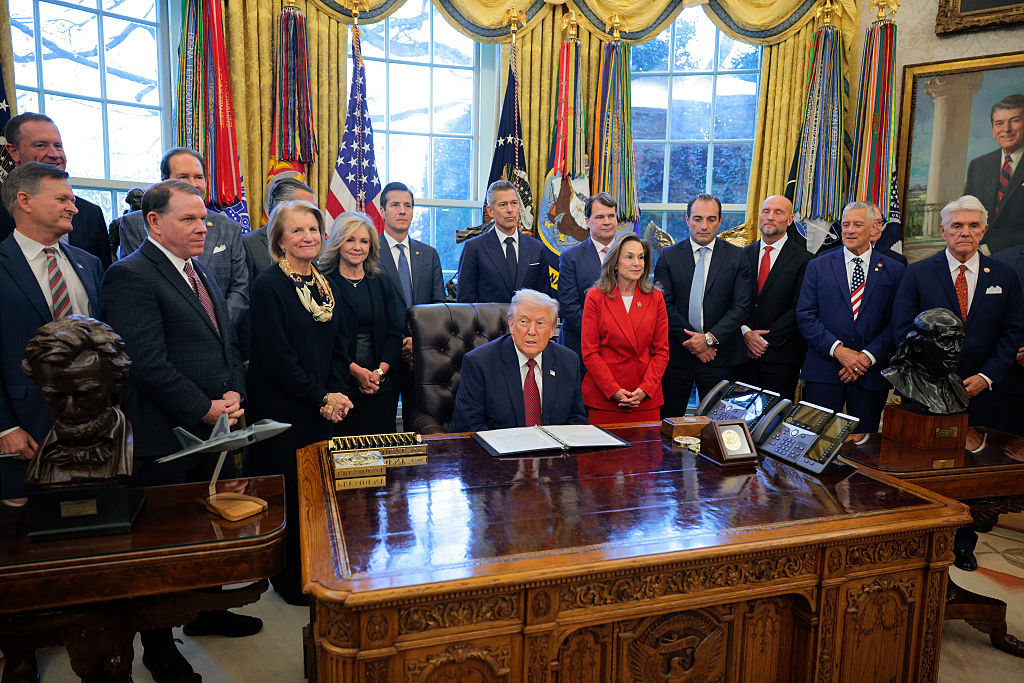

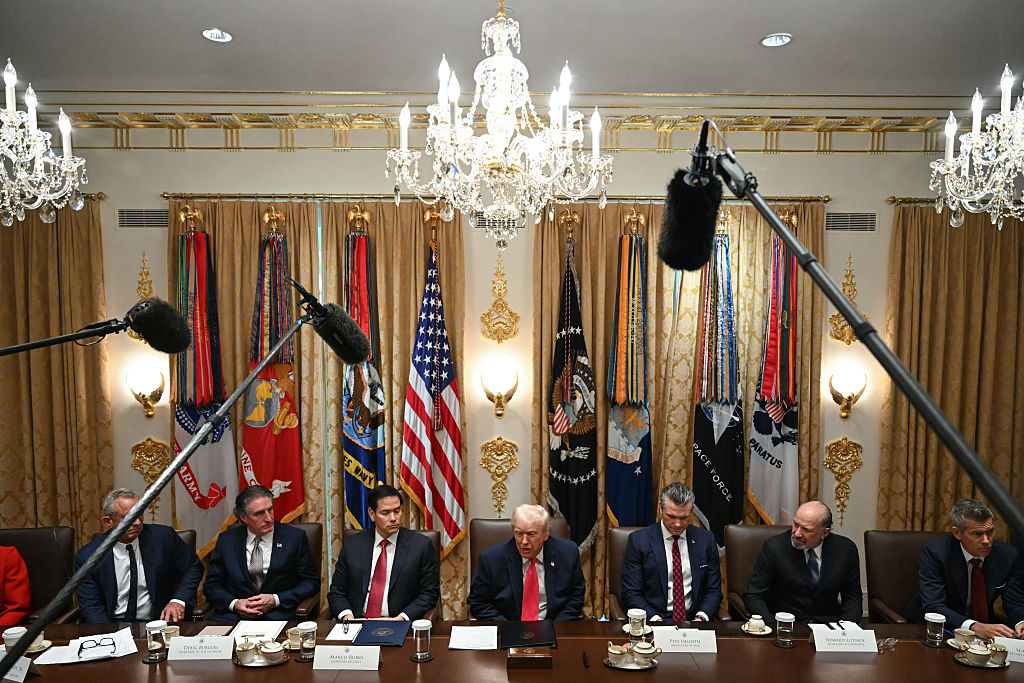







Leave a Reply